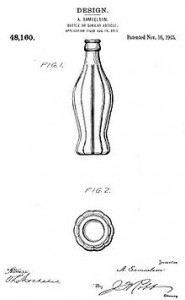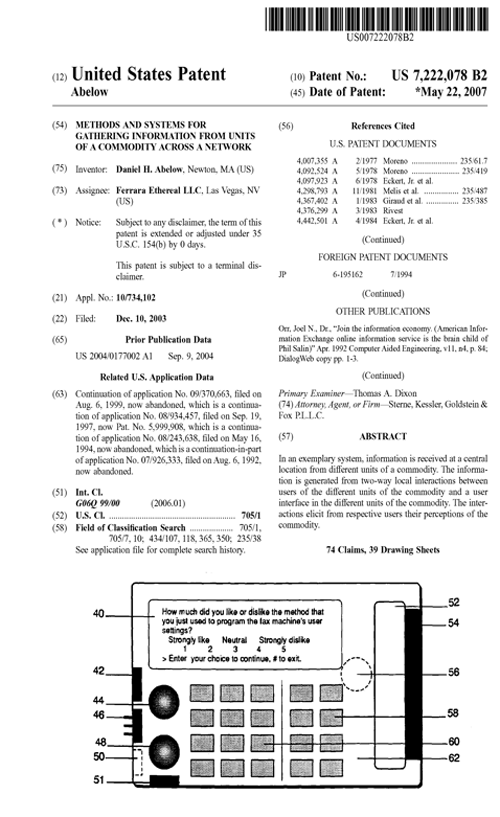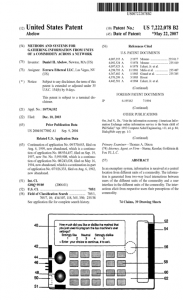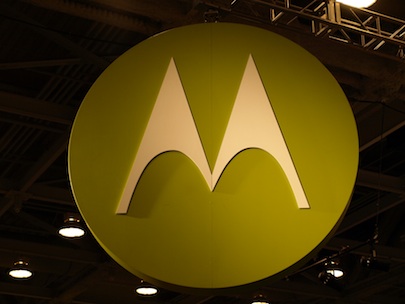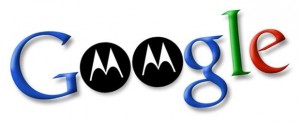When faced with a lawsuit that has even a slim chance of success, lawyers almost always urge businesses to settle rather than fight. Litigation is extremely expensive, and unless the suit raises an issue of principle that is important to defend, the candle simply isn’t worth the game.
Unfortunately, in the world of patents, this attitude had led to a proliferation of patent trolls, companies that buy up unused and generally vague software patents and then claim infringement against businesses, often smaller companies without big legal budgets, that actually make things. The U.S. District Court for the Eastern District of Texas, which has been remarkably friendly to trolls, is the heart of the racket.
It would be nice if the U.S. Patent and Trademark Office would revoke the thousands of ill-considered patents it granted, especially in the early days after software patents were first allowed. It could be nice if Congress changed the laws to make it harder for so-called non-practicing entities to engage in a legal shakedown. But neither of these things is likely to happen any time soon.
So it is time for businesses to stand up and fight. Patent trolling will persist as long as it is a profitable activity. By raising the cost to the trolls, admittedly at some short-term cost to themselves, businesses can destroy the economics of the shakedown.
Rackspace Hosting, an infrastructure-as-a-service company beset by trolls, is leading the way. Last month it won a signal victory by obtaining summary judgment against a company that claimed a patent on rounding off floating-point numbers. (Rackspace was supported in the case by Red Hat Software, whose Linux implementation contained the allegedly infringing code.)
Now Rackspace has gone on the offensive filing a breach of contract suit against “patent assertion entities” Parallel Iron and IP Nav. The case, described in detail in this Rackspace blog post, is legally complicated. Parallel Iron is suing Rackspace for infringement of a patent it claims covers the open-source Hadoop Distributed File System. Rackspace argues the suit violates the terms of an earlier stand-off agreement it negotiated with Parallel Iron and IP Nav.
Rackspace, which says it has seen its legal bills rise 500% since 2010, explains why it has decided to fight:
Patent trolls like IP Nav are a serious threat to business and to innovation. Patent trolls brazenly use questionable tactics to force settlements from legitimate businesses that are merely using computers and software as they are intended. These defendants, including most of America’s most innovative companies, are not copying patents or stealing from the patent holders. They often have no knowledge of these patents until they are served with a lawsuit. This is unjust.
The rest of the tech industry shouldn’t leave this battle to the Rackspaces of the world. In particular, big companies with deep pockets should stop paying trolls to go away, a tactic that makes sense in the short run but is ruinous in the long. As independent software developer Joel Spolsky argues:
In the face of organized crime, civilized people don’t pay up. When you pay up, you’re funding the criminals, which makes you complicit in their next attacks. I know, you’re just trying to write a little app for the iPhone with in-app purchases, and you didn’t ask for this fight to be yours, but if you pay the trolls, giving them money and comfort to go after the next round of indie developers, you’re not just being “pragmatic,” you have actually gone over to the dark side. Sorry. Life is a bit hard sometimes, and sometimes you have to step up and fight fights that you never signed up for.


